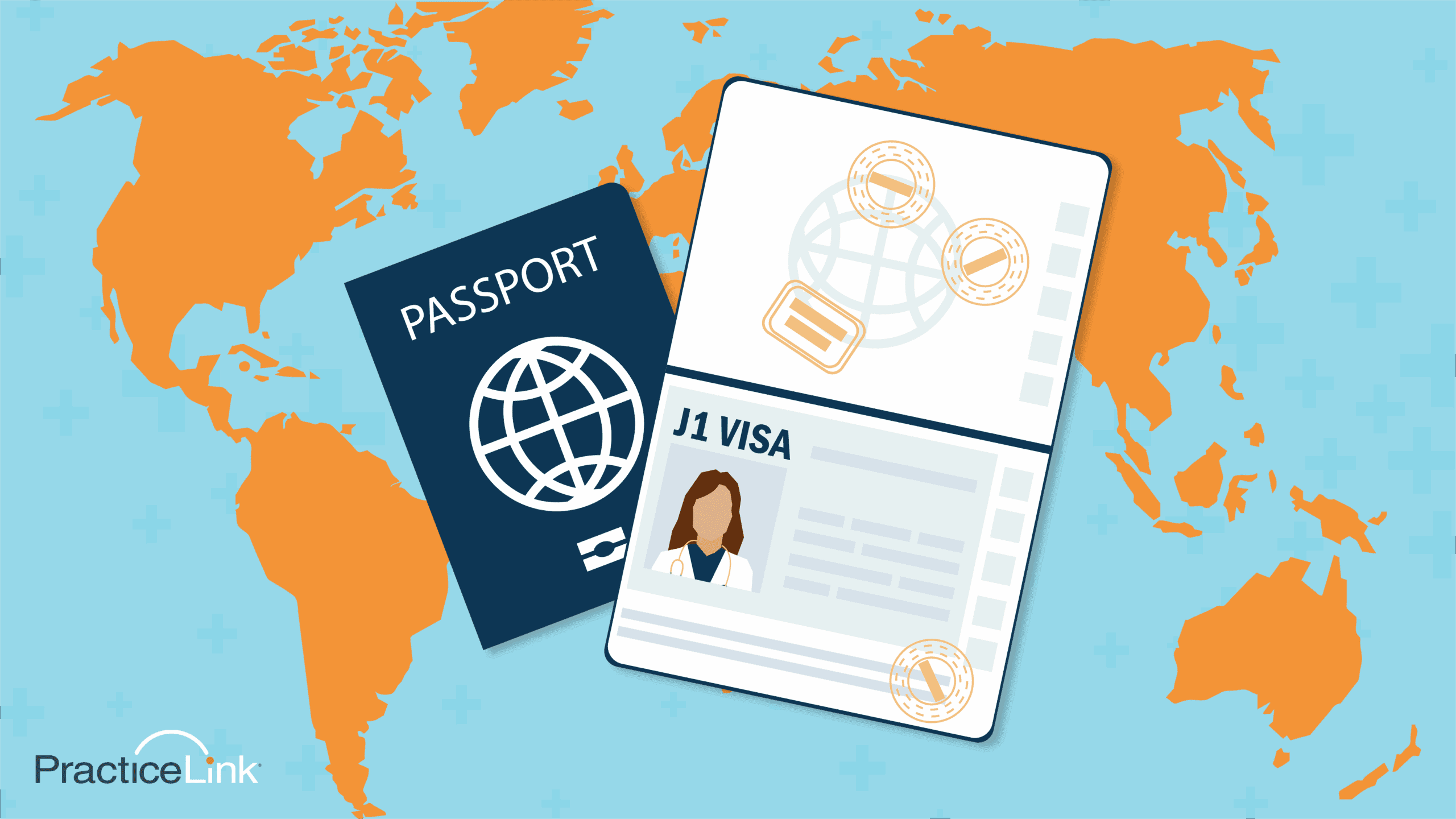
What is a J-1 visa for medical doctors?
For international medical graduates (IMGs) who dream of completing medical training or residency in the United States, the J1 visa is one of the most common—and complex—paths for entry. Understanding how this visa works, who qualifies and how it differs from other visa options is crucial for physicians pursuing U.S.-based training or employment.
If you’re exploring your physician visa options or weighing the differences between a J1 vs h1b visa for medical residency, this guide will help you understand what’s involved in the J1 process, from eligibility to what happens after your training ends.
What is a J1 visa for medical doctors?
The J1 visa for doctors is a nonimmigrant visa issued by the U.S. Department of State, designed for foreign nationals participating in approved exchange programs, including graduate medical education. It’s commonly used by IMGs who match into U.S. residency or fellowship programs accredited by the Accreditation Council for Graduate Medical Education (ACGME).
J1 medical trainees are sponsored not by their residency programs but by the Educational Commission for Foreign Medical Graduates (ECFMG). The ECFMG issues a Form DS-2019, which certifies the physician’s eligibility for participation in an exchange visitor program.
Unlike other work visas, the J1 visa is strictly tied to training. It is not intended for long-term employment, which is why it comes with specific requirements and restrictions, including a two-year home-country physical presence requirement (more on that below).
Who qualifies for a J1 visa?
To obtain a J1 physician visa, international medical graduates must meet several eligibility criteria, including:
- Holding a valid medical degree from a recognized institution outside the U.S.
- Securing a position in an accredited U.S. residency or fellowship program
- Passing required exams, including the USMLE Step 1 and Step 2 CK
- Receiving sponsorship from the ECFMG
- Demonstrating proficiency in English
In addition, applicants must intend to return to their home country for at least two years after completing their training. This is a key requirement tied to the U.S. government’s objective of encouraging knowledge exchange and capacity building in other nations.
Physicians who do not meet these criteria, or who prefer to remain in the U.S. after training without restrictions, often explore other visa categories such as the H-1B.
How long is a J1 physician visa?
The J1 visa medical residency timeline typically corresponds to the length of the training program, which may be 3 to 7 years, depending on specialty and whether the physician completes subspecialty fellowships.
Initially, the J1 visa is issued for the duration of the first year of training. Renewals are then granted annually, contingent on the physician’s continued progress and ECFMG sponsorship.
At the end of the program, the physician is expected to return to their home country for a minimum of two years before applying for certain U.S. visas (including H-1B or permanent residence). This two-year requirement can present a significant challenge to physicians who want to remain in the U.S. to practice.
However, physicians may seek a waiver by working in a designated underserved area in the U.S. for at least three years—a common route known as the Conrad 30 Waiver Program.
Can a J1 visa be converted to H1B?
While the J1 visa itself cannot be directly “converted,” a transition from J1 to H-1B is possible under certain conditions. Physicians who want to pursue an H1B visa for medical residency or post-training employment must first address the two-year home residency requirement.
There are three main ways to fulfill or waive the requirement:
- Return to home country for two years before applying for an H-1B.
- Apply for a waiver, such as through:
- The Conrad 30 Waiver Program, which allows physicians to work in underserved areas.
- A hardship waiver, in cases where returning home would cause exceptional hardship.
- An interested government agency waiver, if a U.S. agency deems the physician’s work vital.
Once approved, the physician can apply for an H-1B visa through an employer sponsor, provided they meet other requirements like licensure and credentialing.
For many IMGs, weighing J1 vs H1B visa for medical residency early in their training journey helps clarify which path aligns with their long-term goals—especially if staying in the U.S. permanently is a priority.
The J1 visa plays a vital role in allowing international medical graduates to participate in U.S. graduate medical education. It’s structured around training, not long-term employment, and comes with unique obligations that can shape a physician’s future in powerful ways. Whether you’re already matched to a residency or still exploring your visa options, understanding how the J1 works—and how to navigate its limitations—is key.
If you’re looking for guidance on navigating physician immigration pathways or preparing for the next step in your medical career, our team is here to help. For more articles and information about visa options for international doctors visit PracticeLink’s Resource Center.

